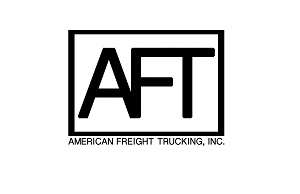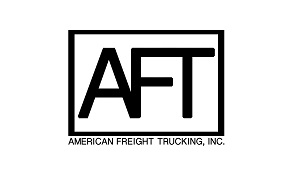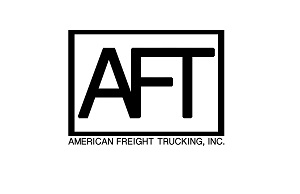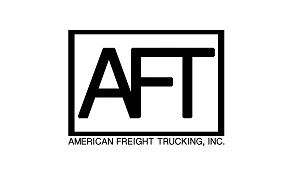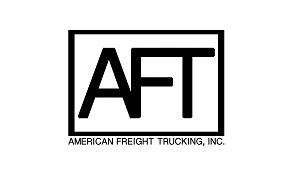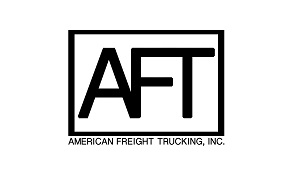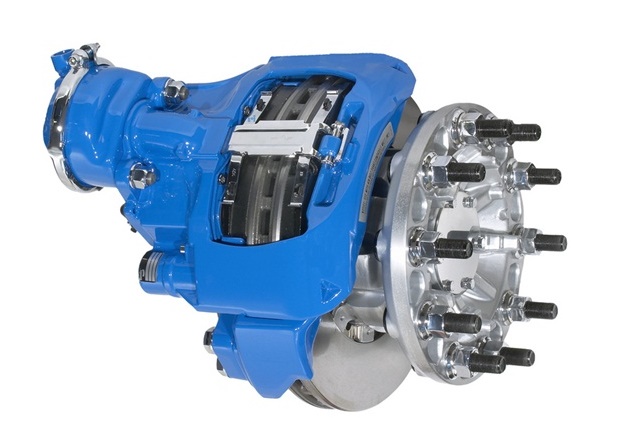
<img width="150" src="http://www.automotive-fleet.com/fc_images/news/m-adb22x-1.jpg" border="0" alt="
The Bendix ADB22X air disc brake. Photo: Bendix
">
The Bendix ADB22X air disc brake. Photo: Bendix
">A full wheel-end portfolio from Bendix, consisting of the Bendix ADB22X air disc brake, Bendix EverSure Spring Brake, Bendix Versajust LS Slack Adjuster and Bendix foundation drum brakes, is now available on a range of International Trucks medium- and heavy-duty models.
By making the component bundle available, International Trucks will be able to offer fleets and owner-operators the benefits of a complete wheel-end package designed by a single provider.
Bendix ADB22X air disc brakes are available as an option on all Class 6-8 platforms where air disc brake technology is available. Bendix foundation drum brakes are an option on all Class 5-8 air-braked vehicle platforms. New as an option on International's entire lineup of Class 5-8 air-braked tractor, truck, and bus platforms is the Versajust Slack Adjuster with the EverSure spring brake standard on the same vehicle set.
“Navistar is making it possible for fleets and owner-operators to realize the value of a comprehensive wheel-end package engineered by a single provider,” said Scott Burkhart, Bendix vice president – sales, marketing, and business development. “Combine that with the uptime benefits of being able to turn to one OE post-sales support team for their entire wheel-end, and the advantages become even clearer.”
The Bendix component package now available at Navistar starts with foundation brakes and also includes chambers and automatic slack adjusters.
Related: Bendix Offers Maintenance Pointers Ahead of CVSA Roadcheck
Follow @HDTrucking on Twitter

